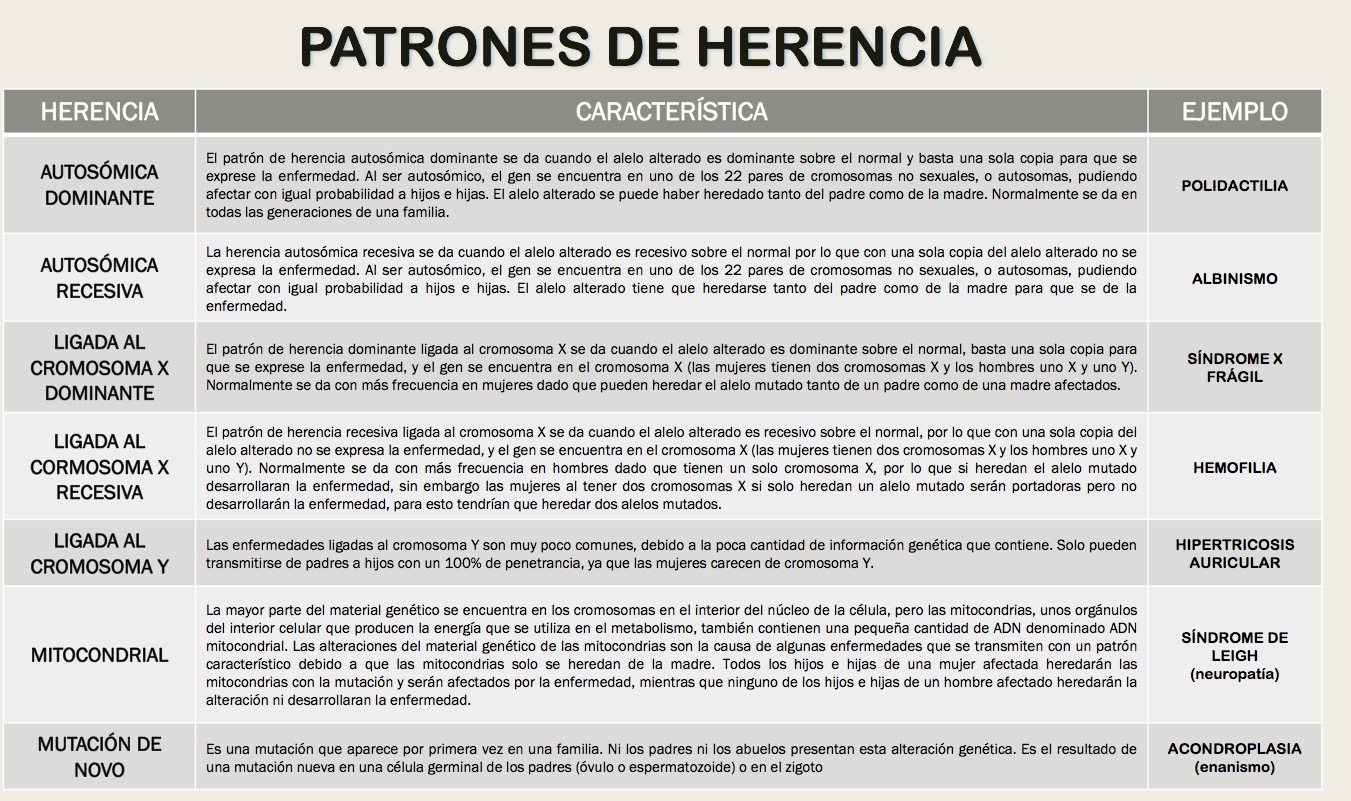In the intricate tapestry of human relationships and societal structures, the concept of "patron de herencia" emerges as a fundamental aspect that governs the transfer of values, traditions, and assets from one generation to the next. This term, which translates to "pattern of inheritance," encapsulates the various ways in which cultural, social, and economic legacies are passed down through families and communities. At its core, the patron de herencia serves as a blueprint that shapes familial dynamics and influences individual identity.
Exploring the patron de herencia provides insight into how different cultures prioritize lineage, heritage, and the preservation of history. It not only encompasses legal frameworks surrounding inheritance but also delves into the emotional and psychological dimensions of belonging and continuity. As societies evolve, understanding these patterns becomes increasingly important, illuminating the connections that bind us to our past while guiding our future.
In this article, we will uncover the multifaceted nature of the patron de herencia, examining its significance across various cultures, its impact on family structures, and its role in shaping personal identities. Through thoughtful exploration, we aim to highlight how these patterns endure, adapt, and influence modern life.
What is the Patron de Herencia?
The patron de herencia refers to the system by which inheritance is determined and distributed within families or communities. This system is influenced by cultural norms, laws, and historical practices that dictate how assets—be it property, money, or intangible heritage—are passed down. Understanding this concept is crucial for grasping how societies function and evolve.
How Does the Patron de Herencia Influence Family Dynamics?
Family structures are often deeply influenced by the patron de herencia, as it outlines who is entitled to inherit and how that inheritance is shared among family members. This can lead to conflicts or strengthen bonds, depending on how these patterns are perceived and enacted. The implications of these dynamics can resonate through generations, affecting relationships and individual roles within the family.
What Are the Different Types of Patron de Herencia?
Inheritance patterns can vary widely across cultures, with several common types identified:
- Primogeniture: The firstborn child inherits the entire estate.
- Equal Distribution: Assets are divided equally among all children.
- Matriarchal or Patriarchal Systems: Inheritance is passed down through the maternal or paternal line, respectively.
- Customary Practices: Variations that reflect specific cultural traditions and practices.
How Does the Patron de Herencia Differ Across Cultures?
The concept of patron de herencia is not monolithic; it varies significantly across different cultures. Societies may adhere to traditional norms that dictate inheritance practices, while others may adopt more contemporary approaches influenced by globalization and changing family structures.
Can You Provide Examples of Patron de Herencia in Different Societies?
Indeed, various cultures exhibit distinct patterns of inheritance. Here are a few examples:
- In many Indigenous cultures: The passing down of land and resources is often governed by collective agreements rather than strict legal frameworks.
- In Islamic cultures: Inheritance is guided by Sharia law, which specifies the shares allotted to family members.
- In Western societies: Legal frameworks often allow for wills and trusts, giving individuals significant control over their estate after death.
What Role Does the Patron de Herencia Play in Personal Identity?
The patron de herencia is more than a legal or economic framework; it plays a crucial role in shaping personal identity. The values, traditions, and stories inherited from previous generations contribute to an individual’s sense of belonging and purpose. Understanding one’s heritage can foster pride and continuity, connecting individuals with their roots.
What Challenges Arise from Patron de Herencia Practices?
While the patron de herencia serves important functions, it can also present challenges. Disputes over inheritance can lead to family rifts, especially when expectations are not met or when there are perceived inequalities in distribution. Additionally, cultural shifts may challenge traditional practices, leading to a reevaluation of how inheritance is approached.
How Can We Navigate the Complexities of Patron de Herencia?
Navigating the complexities of patron de herencia requires open communication and understanding among family members. Here are some strategies:
- Encourage family discussions about expectations and values regarding inheritance.
- Seek legal advice to understand rights and obligations within the context of local laws.
- Consider creating a family legacy plan that reflects shared values and goals.
Conclusion: Embracing the Patron de Herencia
The patron de herencia is a profound concept that shapes our understanding of family, identity, and continuity. By exploring its nuances, we can appreciate the rich tapestry of human experience that binds us to our ancestors and informs our futures. Embracing these patterns allows us to honor our heritage while navigating the complexities of modern life, ensuring that the values and traditions we cherish endure for generations to come.
Discovering The Exquisite Offerings Of The Capital Grille Menu
Discovering The Magic Of Voodoo Gumbo In Bellevue, TN
Understanding The Ministerio Publico Guatemala: A Pillar Of Justice


